Some cars didn’t start strong. They had odd looks, bad timing, or shaky reputations. But time can be kind. The same traits that once made these cars easy to dismiss are now what make them interesting. Here are 15 cars that earned their respect the long way around.
Buick Grand National
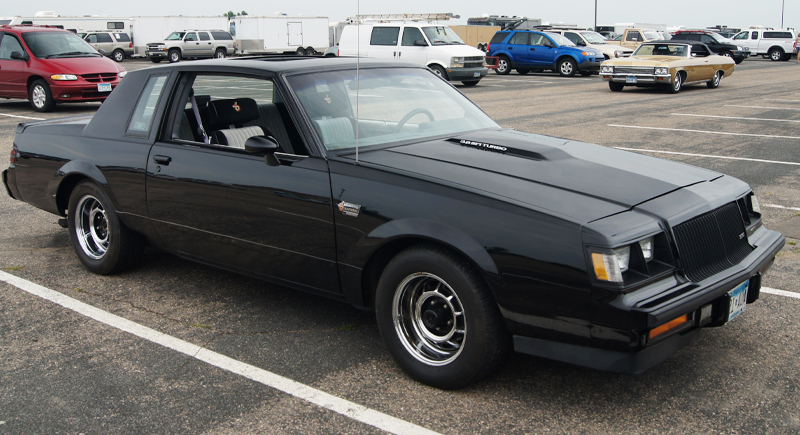
In the 1980s, the Grand National flew under the radar. It was all black, low-key, and not much of a showpiece. But under that plain exterior sat a turbocharged V6. Over time, enthusiasts caught on, and today, the Grand National is considered a sleeper.
AMC Pacer
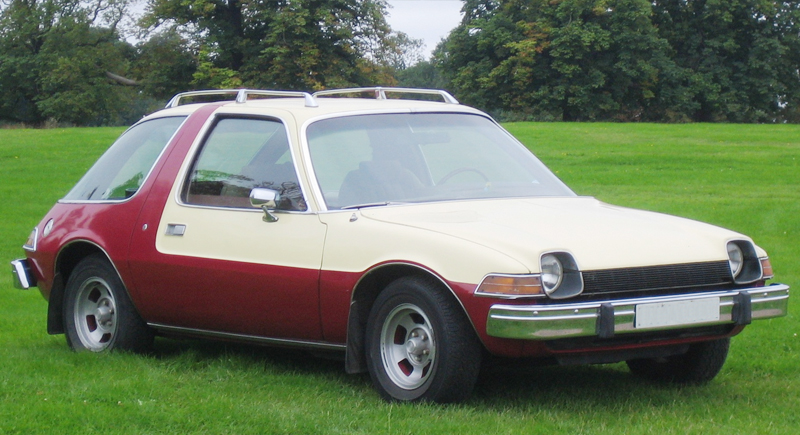
The AMC Pacer was the center of every automotive joke for years. Its wide body, bubble-like windows, and asymmetrical doors made it stand out—but not in a good way. It was designed to be ahead of its time in safety and interior space, but it just didn’t land with buyers back then. Lucky for it, collectors love it for exactly those quirks, and its appearance in Wayne’s World helped give it cult status.
Chevrolet El Camino
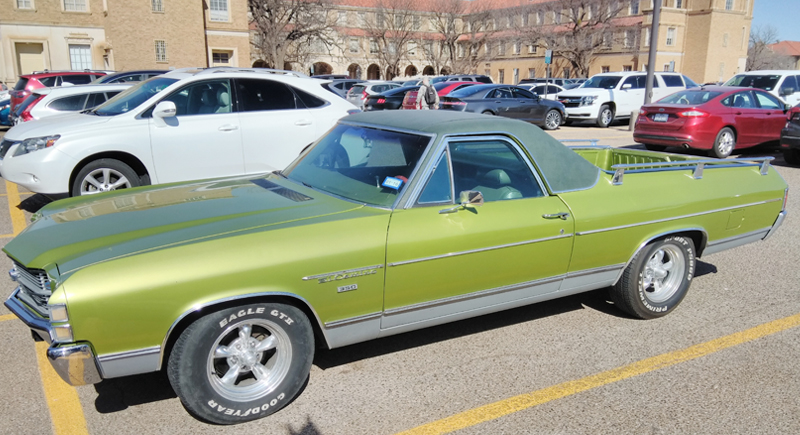
Is it a car or a truck? When the Chevrolet El Camino debuted in 1959, people weren’t sure what to make of it. It was built on a passenger car chassis with a truck bed in the back and was Chevy’s answer to the Ford Ranchero. Later models, especially the SS versions, came with powerful V8 engines that made them favorites among hot rodders.
Ford Falcon
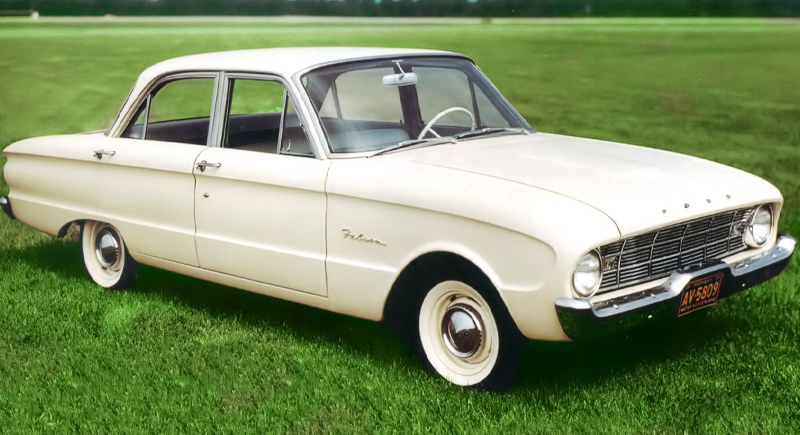
The Ford Falcon was overshadowed at launch by flashier rides of the early ’60s and never got much attention. It offered solid gas mileage and a low price, just what families needed at the time. But its simple, lightweight platform ended up being the base for the 1964½ Mustang. The Falcon’s chassis, suspension, and drivetrain were all reused to make it a quiet but crucial part of muscle car history.
Chevrolet Corvair
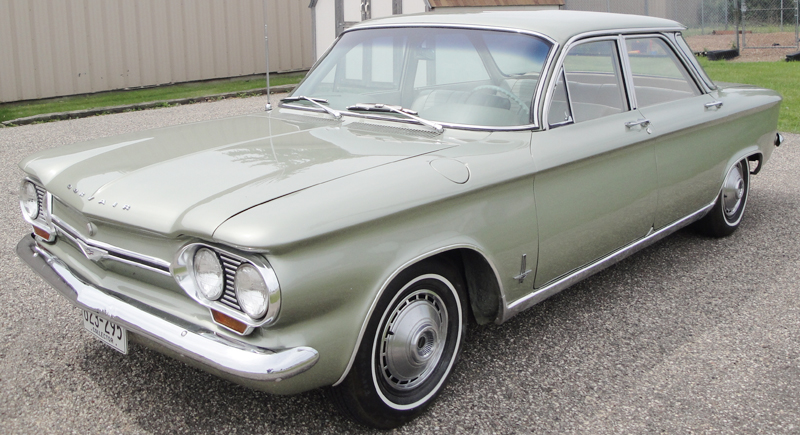
The Chevrolet Corvair took a hit in 1965 when Ralph Nader called it “unsafe at any speed,” mostly because of its early rear suspension design. But there was more to the story. It was the only American car of its time with a rear-mounted, air-cooled engine, and it came with independent suspension all around. It was a bold move for Detroit, and today, many car buffs see it as an underrated piece of engineering.
AMC Gremlin
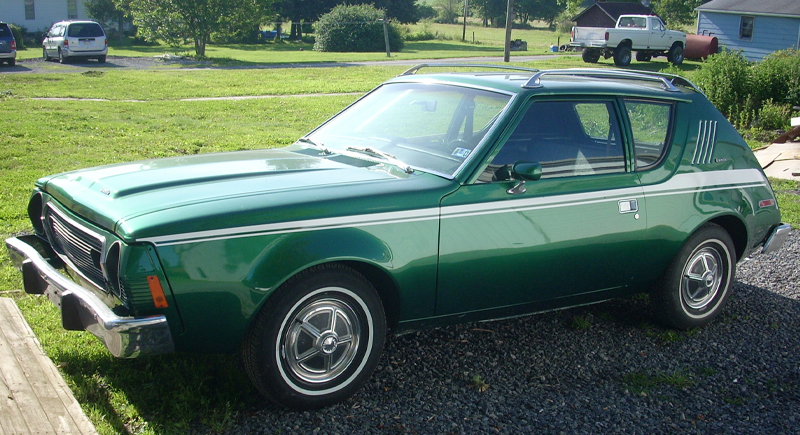
The AMC Gremlin didn’t do itself any favors with a name like that. It hit the market in 1970 as one of the first American-made subcompact cars, meant to take on small imports like the VW Beetle. Its odd shape and chopped rear end made it easy to joke about, but that same weirdness is why people like it now. Versions with a V8 or the Levi’s denim interior are especially popular with collectors.
DeLorean DMC-12
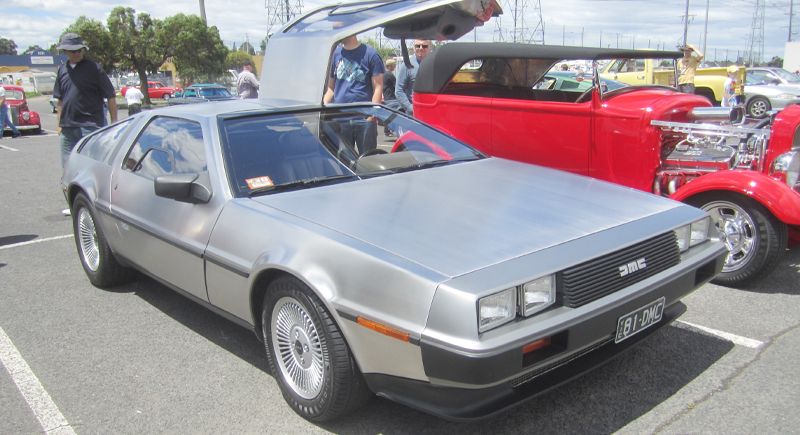
The DeLorean DMC-12 had a rough start when it launched in 1981. It looked sharp with stainless steel panels and gull-wing doors, but its underpowered V6 and production delays left many unimpressed. After Back to the Future, though, the car found new life. Its role in the film turned it into a pop culture icon, and today, fans of ‘80s design still seek them out.
Chevrolet Vega
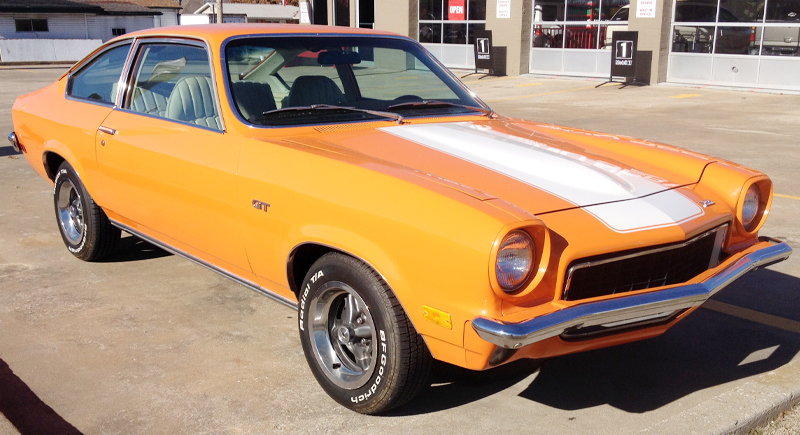
The Chevrolet Vega was Chevy’s big move into the small-car market in the early ’70s, but things didn’t go as planned. It had serious rust problems and engine troubles, especially with the early aluminum blocks. Still, the car had a solid-looking design and a light frame, which made it a favorite for hot-rodders. Over time, it found new life at the drag strip, where performance builds helped turn its image around.
Aston Martin Lagonda
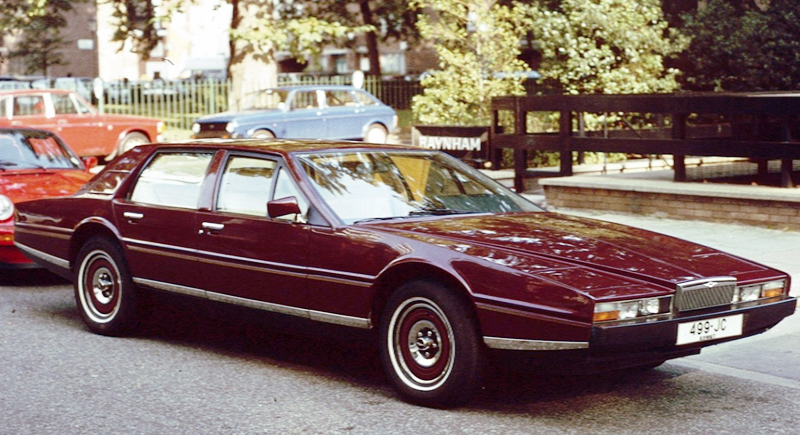
It looked like a calculator and cost as much as a house. Most people weren’t ready when the Lagonda, with its touch-sensitive controls and sharp lines, hit the market in the ’70s. Fast-forward, and that same radical design is praised as visionary.
Dodge Lancer
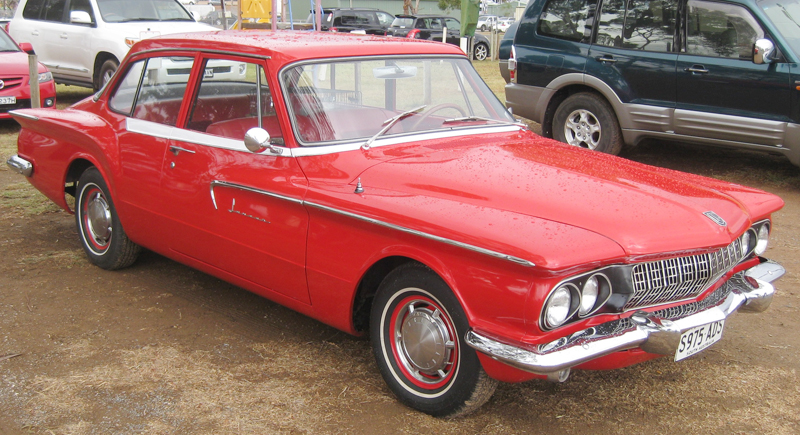
The Dodge Lancer never made a big splash when it debuted in the early ’60s. It shared much of its underpinnings with the Plymouth Valiant and came with modest engine options like the Slant-6. In an era obsessed with big horsepower and flashy looks, it flew under the radar. But its simple styling, roomy interior, and solid build have aged well.
Nash Metropolitan
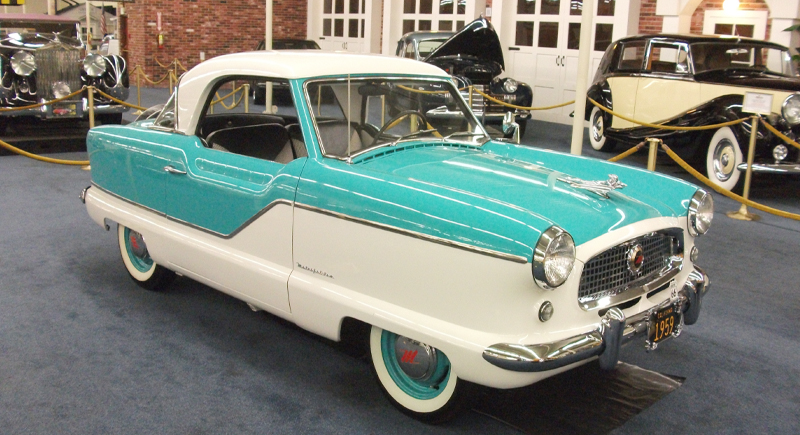
The Metropolitan was tiny, even by European standards, with a short wheelbase and modest speed. It was built for city life, and it looked like something Barbie might drive, which didn’t win points in the macho car culture of the 1950s. But over time, its playful styling, bright colors, and offbeat charm gave it a second life.
Plymouth Fury
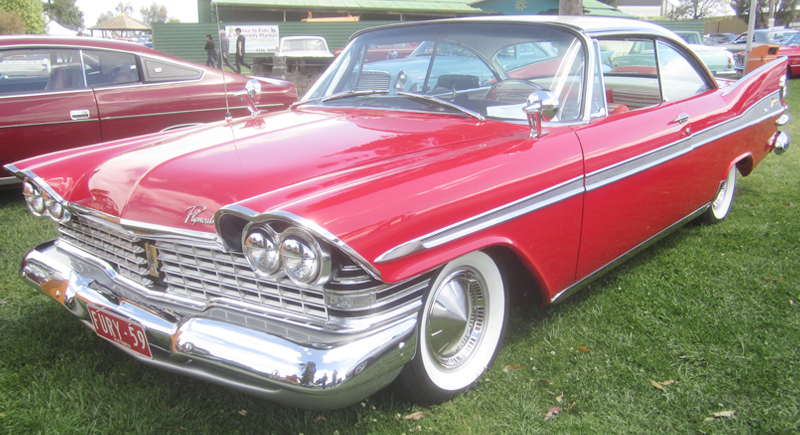
The Plymouth Fury was one of several full-size cars competing for attention in the ’50s and ’60s. It had big tailfins, bold styling, and plenty of power, but it didn’t always stand out until Christine hit theaters. Stephen King’s killer car story gave the Fury a dark, unforgettable edge. Since then, it’s earned a place in pop culture, and well-preserved models are now prized for their over-the-top, all-American look.
Chevrolet Chevette

The Chevrolet Chevette was GM’s no-frills subcompact, sold from 1976 to 1987. It was built to be cheap and fuel-efficient with a small four-cylinder engine and few extras. It wasn’t much fun to drive, but it sold over 2.7 million units. Today, its plain looks and basic design have a kind of nostalgic appeal, especially at retro car shows.
Ford Pinto
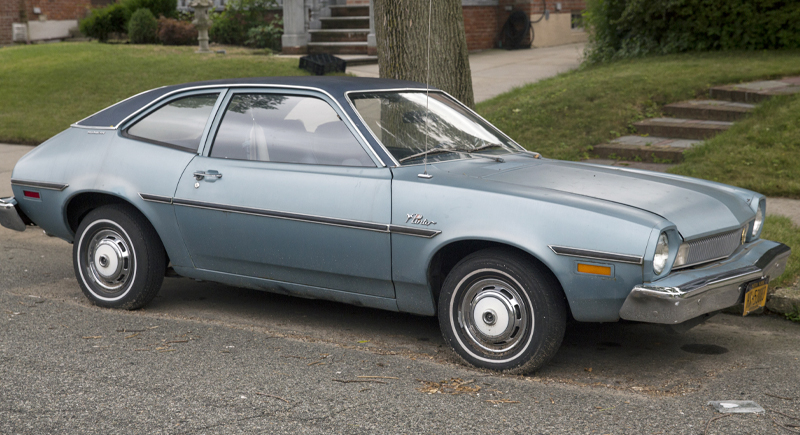
Yes, the Pinto’s name is practically synonymous with disaster, thanks to its infamous fuel tank flaws. Thankfully, time has a way of softening the blow. Vintage car lovers now view it as a symbol of ’70s design. The surviving models are rare, and rare tends to equal cool in collector circles.
Pontiac Trans Am
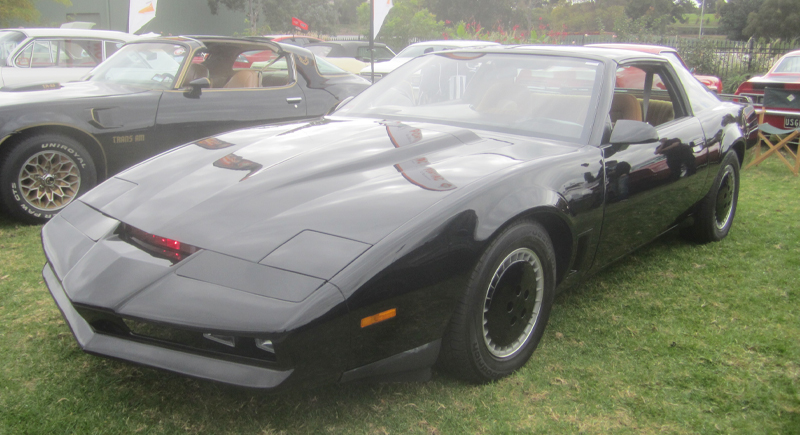
In its early years, the Trans Am was overshadowed by flashier muscle cars, but everything changed once Burt Reynolds slid behind the wheel in Smokey and the Bandit. The screaming chicken decal, T-top roof, and no-nonsense attitude helped it become a ’70s icon.